
Read or listen offline
Recommendation
Before Larry Lessig began teaching a course on “cyberlaw” in the 1990s, few people knew this awkward term for “regulation of the Internet.” But Lessig, now a professor at Stanford Law School, has always kept close to the bleeding edge of technology. He started programming in high school and later helped the U.S. Supreme Court go digital. Even this book’s development shows the author’s geek bona fides: He revised it using a “wiki,” a software platform that allows multiple users to edit the text simultaneously via the Web. While the book’s details have changed a bit since the first edition, Lessig’s main point is the same. Because of its design, the Internet is perhaps the most “regulable” entity imaginable and, unless its users are careful, it will morph into something that diminishes, rather than enhances, liberty. Moreover, trying to keep the Internet “unregulated” is folly. While this book is sometimes bloated and repetitive, getAbstract finds that it is still required reading for anyone who cares about the social impact of the most important technology since electrification.
Take-Aways
About the Author
Lawrence Lessig is the C. Wendell and Edith M. Carlsmith Professor of Law at Stanford Law School.








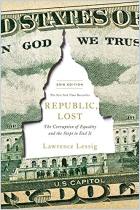
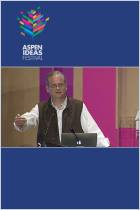
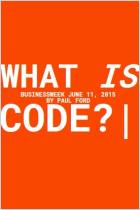

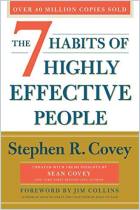
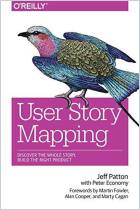


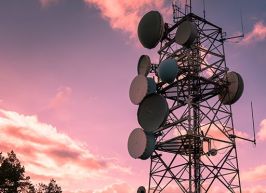


Comment on this summary or Начать обсуждение